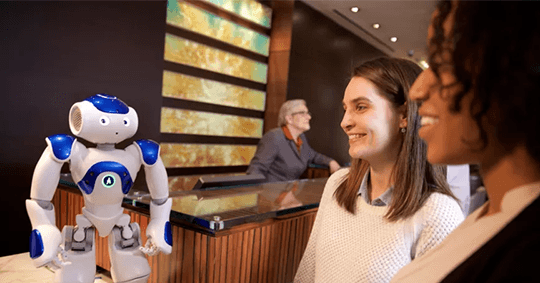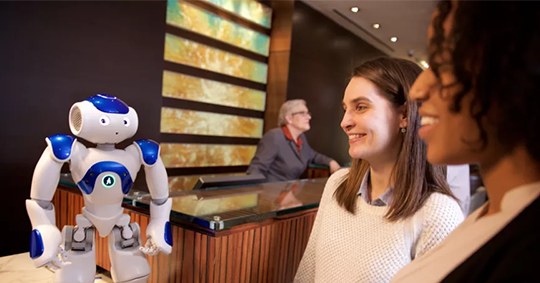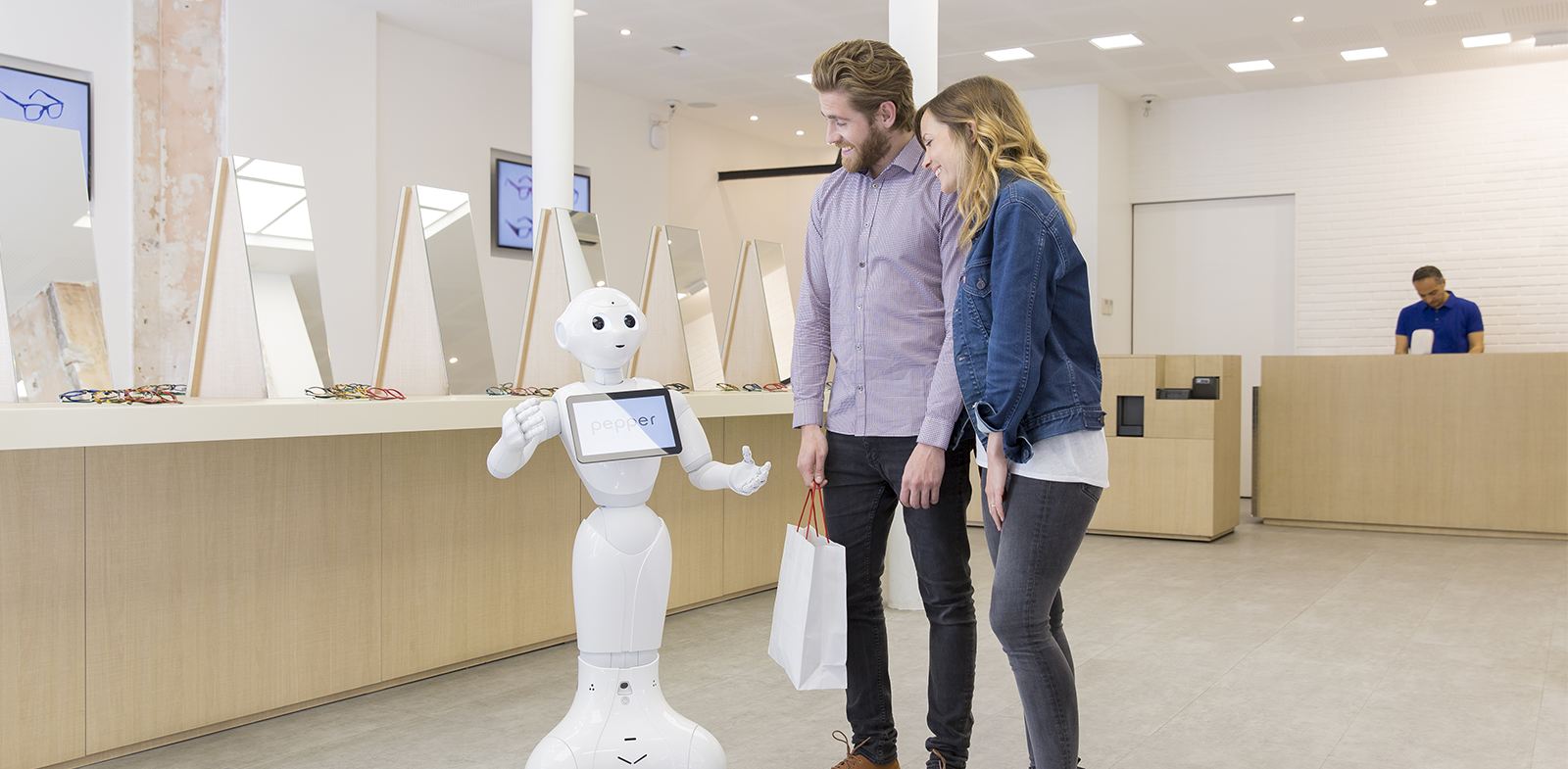-
I Need AdviceFree Consultation

5 Ways Service Robots Are The Future Of Enterprise
By Michael Dehoyos

Professional service robots are on the rise, no matter the industry. With AI chips and 5G telecom services developing more and more every day, service robots are being used for factory automation, especially in the manufacturing industry. As a result, factories and other companies are looking at these robots as replacing human workers by either 1% or 100% within the near future.
In this article, we’ll explore 5 ways that service robots are transforming businesses in various industries, and performing many tasks that have been done by humans for years.
The Introduction Of Humanoids
“Humanoids are a class of robots that adapt the look and behavior of humans,” says Claudia Bennet, a business writer at Australia 2 write and Writemyx. “From responding to words and phrases to doing manual labors, humanoids are expected to function as humans do.”
For example, REEM-C is a humanoid service robot that was developed by PAL Robotics. REEM’s job is to act as a receptionist, an entertainer, and a multilingual. And, he can perform various office chores (i.e. delivery, trash removal, etc.) without worrying about navigating around office space and power stability throughout the day.
Improved Human Life
Surprisingly, not all service robots have to be humanoid. In fact, service robots can take almost any shape.
For example, Leka is a ball-shaped service robot that’s specially designed for special-needs children. With a “face” displayed on the screen (which changes expressions), the robot comes with sounds, lights, and colors that has children with learning disabilities engage with its actions. The robot even comes with customizable games (i.e. picture matching, color identification, etc.) that children can play. As result, not only is Leka a toy, but it’s also a learning tool for special-needs children.
Better Agricultural Harvesting
Agriculture is another area where service robots are needed, especially in the United States where it’s hard to find good staff to help with harvesting produce during harvest periods. Plus, it’s hard to predict when crops need to be planted, watered, and harvested without letting them grow prematurely or rot.
Therefore, companies like Harvest CROO Robotics champion the idea of bringing the idea of agricultural robots to life with their promise to “revolutionize the agriculture industry with automation.” Establish in 2013 in the state of Florida, the company has built robots which will be able to pick simple produce like strawberries. With their iteration – Berry 5 (B5) – this robot is equipped with color sensors which can identify the exact pigmentation needed for a strawberry to be harvested, thus exceeding the capabilities of human workers.
Food Prep Made Easier
“Services robots can also help with food preparation,” says Sebastian Parsons, a web developer at Brit student and Next coursework. “In fact, such robots have already proven to perform tasks such as cooking Takoyaki – or octopi balls – and rolling sushi. And, with labor shortages a reality in places like Japan, service robots are expected to blend into the local food prep industry, thus saving companies management time and money from paying and tipping human workers.”
Improved Package Delivery
Currently the most sought-after trend to date, robots that deliver packages are making waves in the service robotics industry, as eCommerce continues to grow in sales and marketing. And, with the demand for more delivery drivers, more and more eCommerce companies are now looking to service robots to fill in – or even replace – human labor to make business run smoother and faster.
Digital Ecommerce 360 suggests that the US Commerce Department had demonstrated a eCommerce penetration triple jump from 14.4% in 2018 since 2007, when eCommerce had represented 5.6% of total retail purchases. So, with companies like FedEx and Amazon looking to extend their deliveries further – especially with fresh food delivery – delivery robots might be an actual thing within the next few years.
Conclusion
As you can see, service robots may play a larger role in many industries moving forward. With these examples, such robots bring benefits that not only makes production run smoother and faster, but they also compensate for the manual labor that’s lacking in various industries.
With that said, enterprises will have to prepare for such a revolution, especially since technology in general continues to evolve as time moves on. While robotics won’t quite eliminate all human labor, there are other areas where robots are needed – especially where additional help is greatly needed.
Discover more Business Robots with RobotLAB!

Check more information here: https://business.robotlab.com/
 Michael Dehoyos is a writer and editor at PhD Kingdom and Academic Brits. He is also a contributing writer at Dissertation help. As a content marketer, he assists companies in their marketing strategies and concepts.
Michael Dehoyos is a writer and editor at PhD Kingdom and Academic Brits. He is also a contributing writer at Dissertation help. As a content marketer, he assists companies in their marketing strategies and concepts.
You May Also Like
These Stories on Robotics
Subscribe by Email
*If you have questions related to how we use your data, please refer to our privacy policy link here.
RobotLAB Inc
1981 N Broadway
Walnut Creek, CA 94596
+1(415)702-3033



No Comments Yet
Let us know what you think